Choosing the Best Crate for Your Dog: A Comprehensive Guide
Finding the perfect crate for your dog is essential for their comfort, safety, and well-being. Whether you're crate training a puppy or providing a safe space for an adult dog, selecting the right crate involves several considerations. This guide will help you make an informed decision to ensure your furry friend feels secure and happy in their crate.
Consider Your Dog's Size and Breed
The most crucial factor in choosing a crate is the size of your dog. A crate that's too small can be uncomfortable, while one that's too large might not provide the sense of security your dog needs. Here are some guidelines:
- Measure Your Dog: Measure your dog's length from the tip of the nose to the base of the tail and their height from the floor to the top of their head. Add a few inches to these measurements to determine the ideal crate size.
- Breed-Specific Considerations: Some breeds have specific needs. For example, Greyhounds may need a longer crate due to their body shape, while breeds prone to anxiety may benefit from a more enclosed, den-like crate.
Determine the Crate's Purpose
Understanding why you need a crate can influence your choice:
- Training: If you're crate training a puppy, consider an adjustable crate that can grow with your dog. Many crates come with dividers, allowing you to resize the space as your puppy grows.
- Travel: For frequent travelers, a portable, lightweight crate that's easy to set up and collapse is essential. Look for crates designed for car travel or airline-approved crates if you plan to fly.
- Home Use: If the crate will be a permanent fixture in your home, consider one that blends with your décor, such as a wooden or furniture-style crate.
Choose the Right Type of Crate
There are several types of crates, each with its advantages and disadvantages:
- Wire Crates: These are versatile and provide good ventilation. They are also easy to clean and often collapsible for storage or travel. However, they can be less aesthetically pleasing and may not provide the den-like atmosphere some dogs prefer.
- Plastic Crates: Often used for travel, plastic crates offer a more enclosed space, which can help anxious dogs feel secure. They are sturdy but can be bulky and less ventilated.
- Soft-Sided Crates: These are lightweight and portable, ideal for small dogs or for short-term use. However, they are not suitable for chewers or escape artists.
- Furniture-Style Crates: These crates are designed to blend with home décor and can double as end tables. They are usually made of wood or other materials and can be a stylish option for home use.
Prioritize Safety and Comfort
Your dog's safety and comfort should be paramount:
- Sturdy Construction: Ensure the crate is made of durable materials that can withstand your dog's activity level. Check for secure latches and no sharp edges.
- Comfortable Bedding: Add a soft, washable bed or crate pad to make the crate cozy. Avoid bedding that's too thick, as it may pose a risk of overheating.
- Ventilation: Ensure adequate airflow, especially in warmer climates or if you choose a more enclosed crate.
Introduce the Crate Positively
Once you've chosen the perfect crate, introduce it to your dog gradually:
-Create Positive Associations: Place the crate in a quiet, comfortable area and use treats, toys, and praise to encourage your dog to explore it.
-Gradual Acclimation: Start with short periods of time in the crate, gradually increasing the duration as your dog becomes more comfortable.
Choosing the right crate for your dog involves considering their size, breed, and specific needs. By selecting a crate that fits well, serves the intended purpose, and ensures safety and comfort, you can create a positive and secure environment for your furry friend. Happy crate shopping!

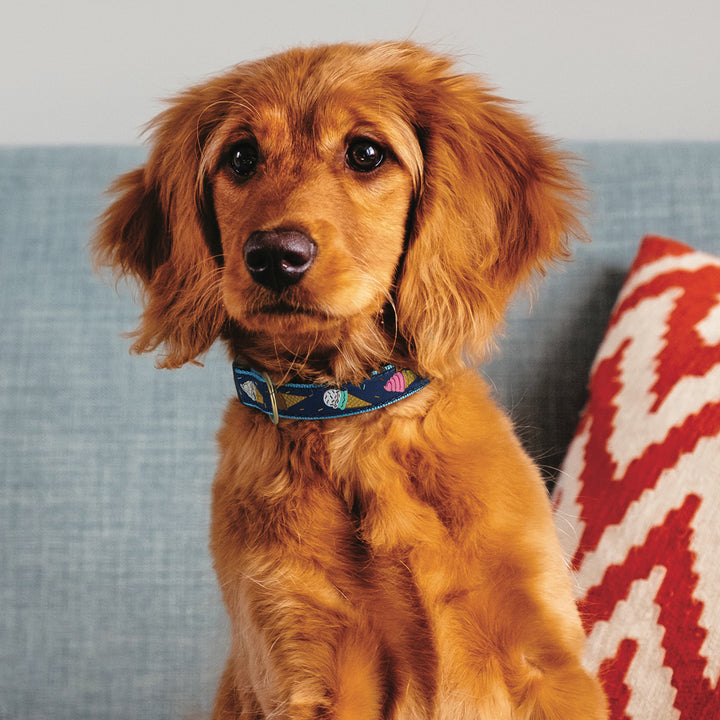
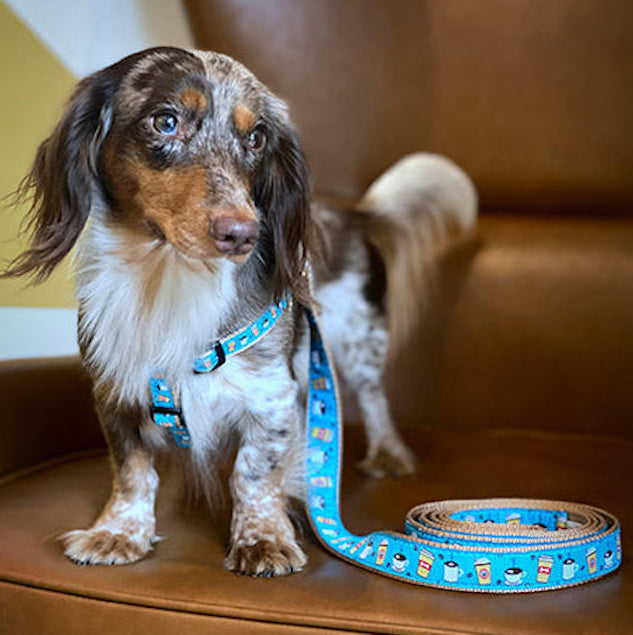
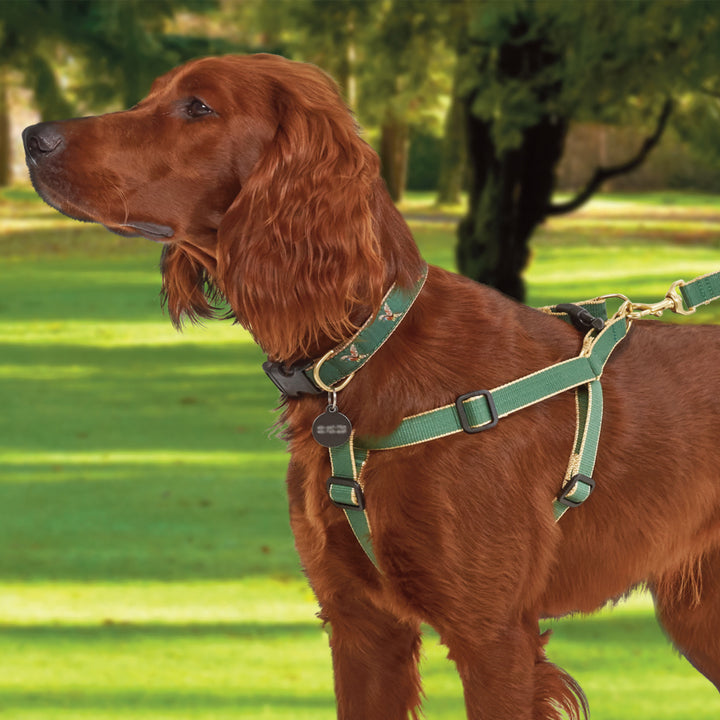
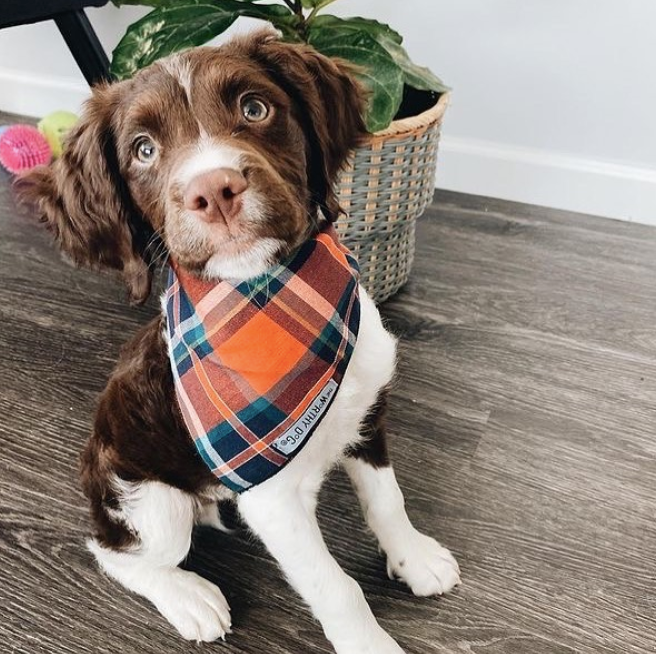
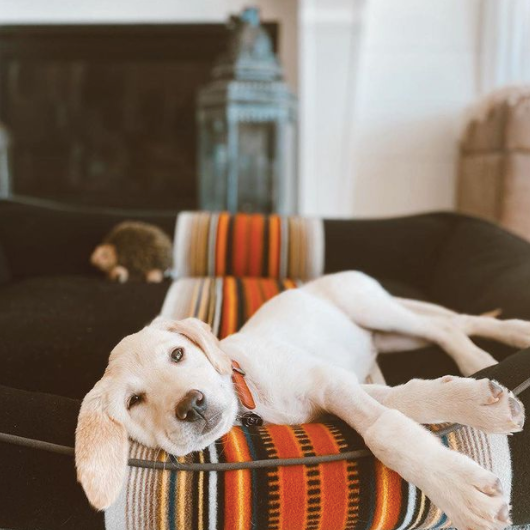
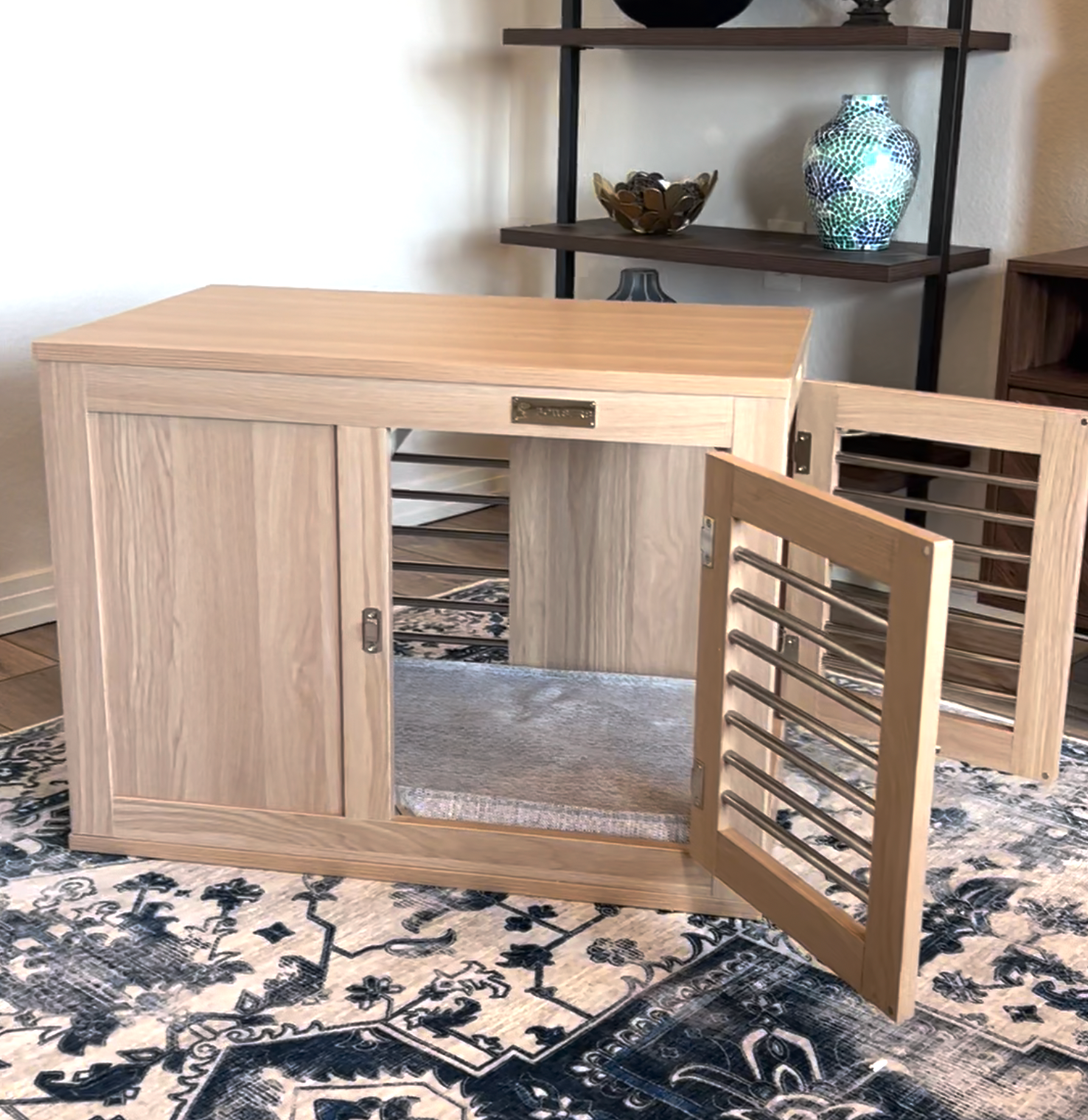

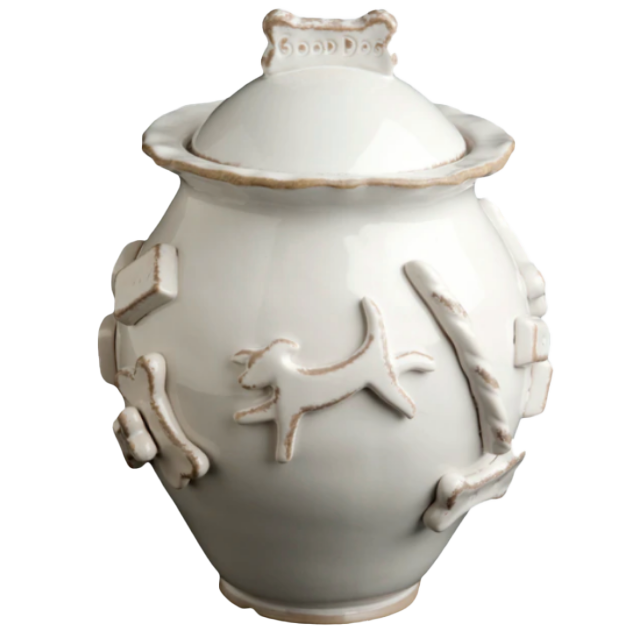
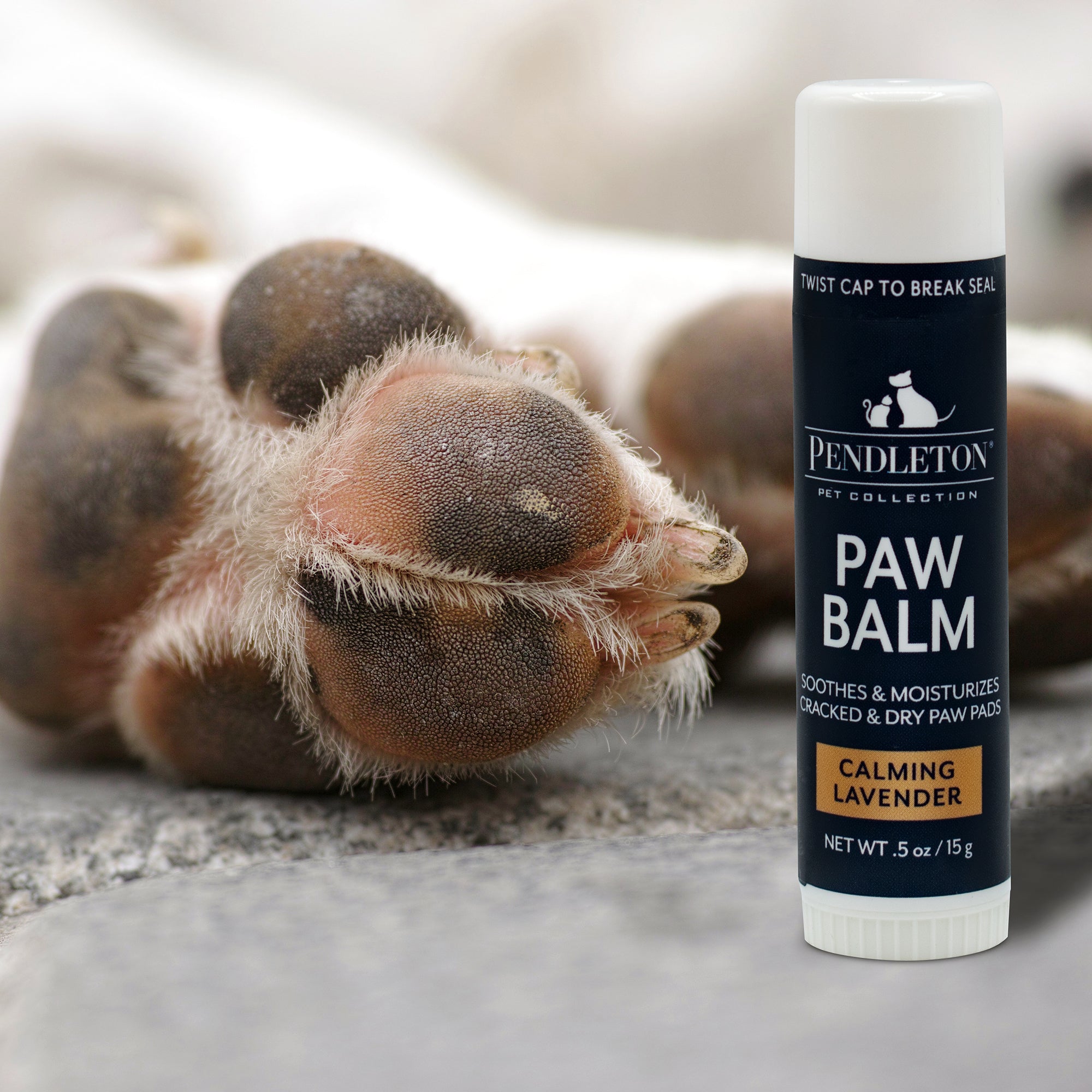
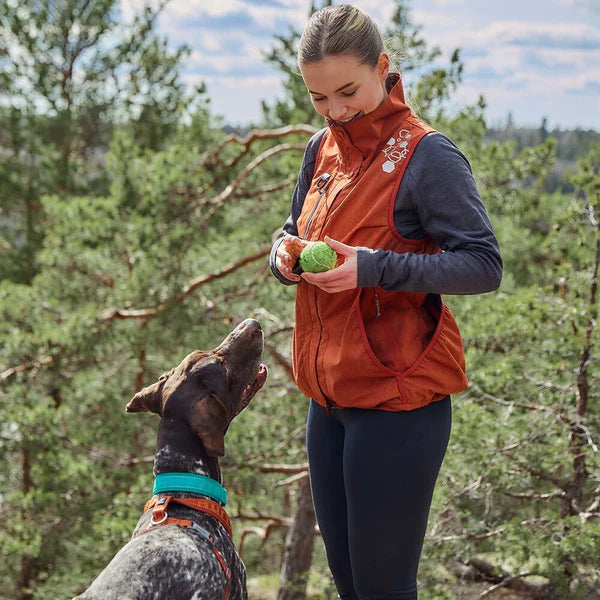

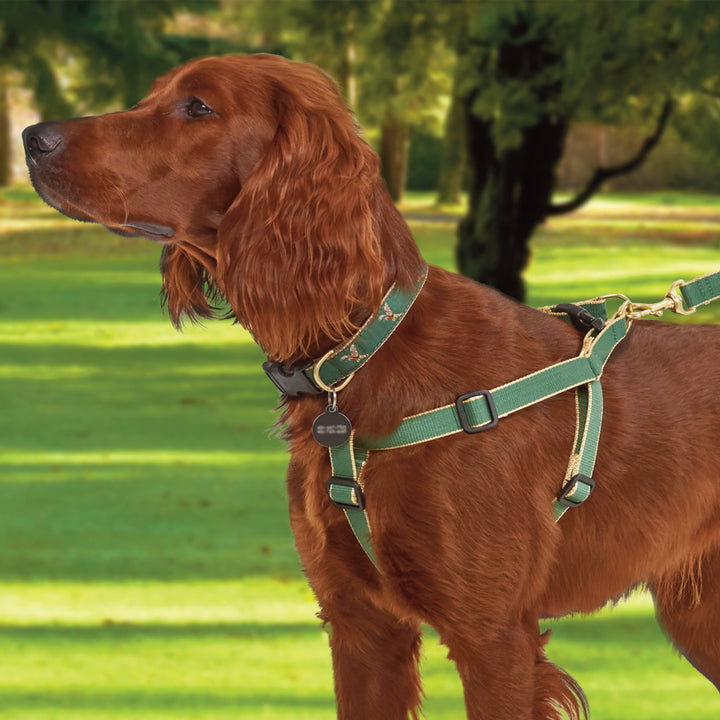
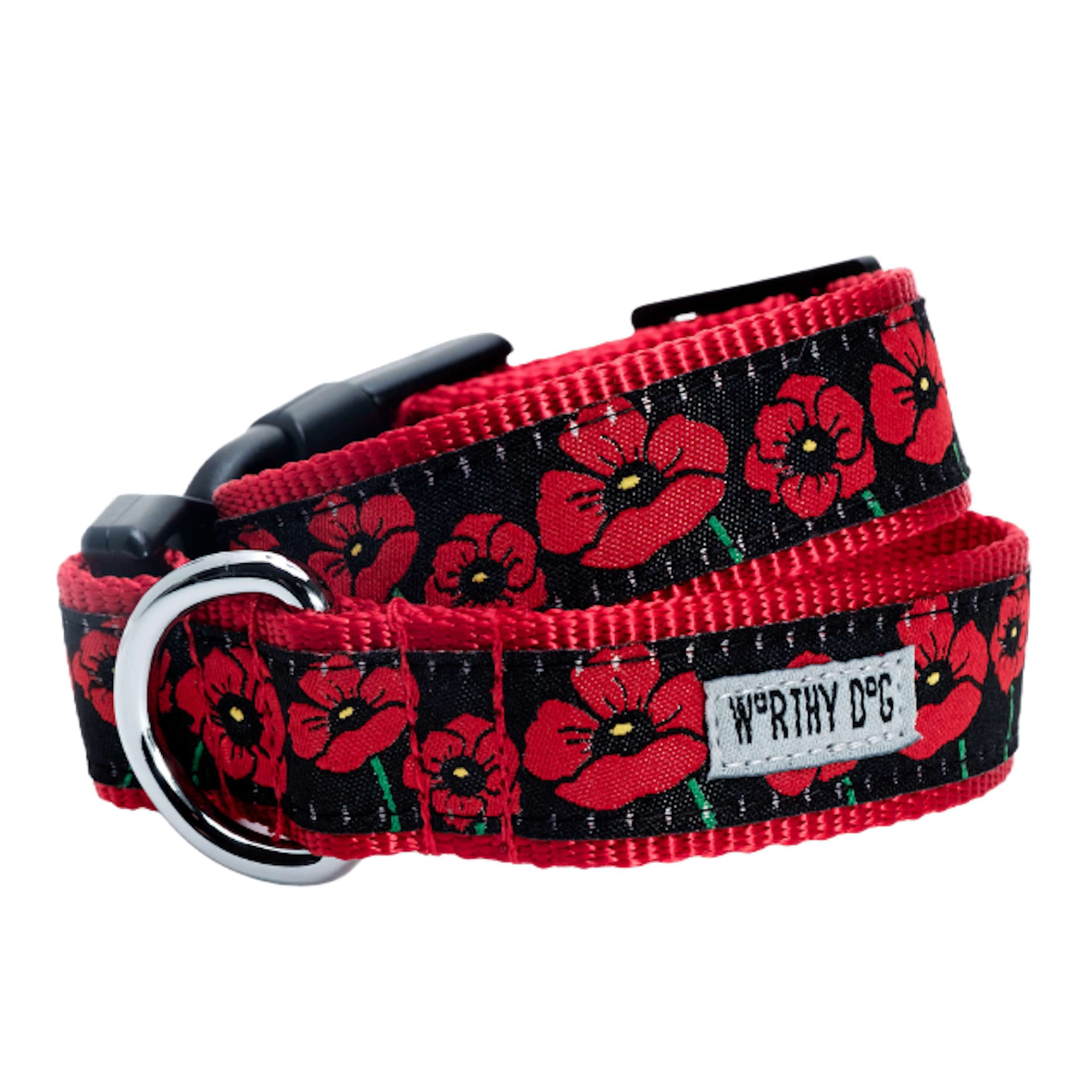
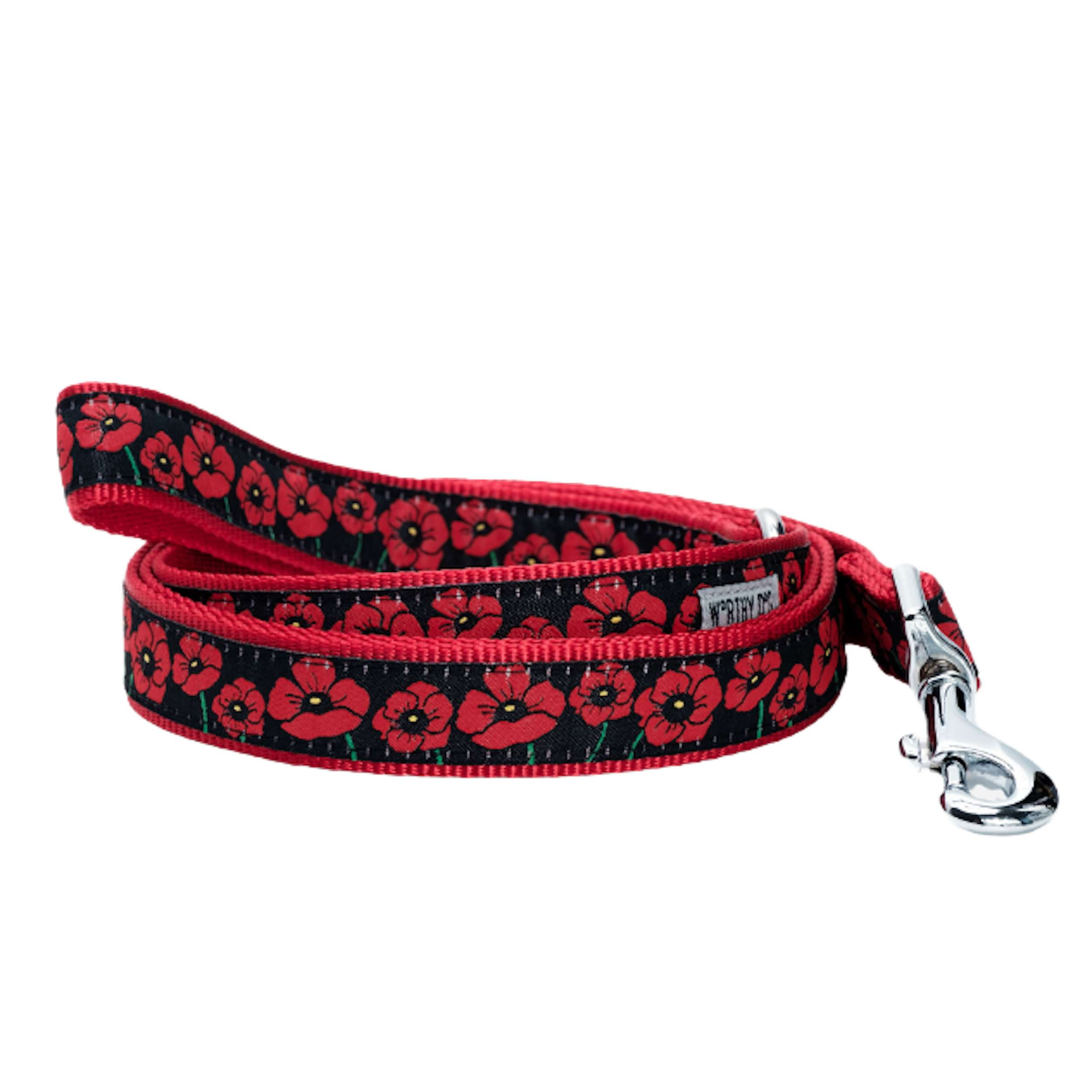
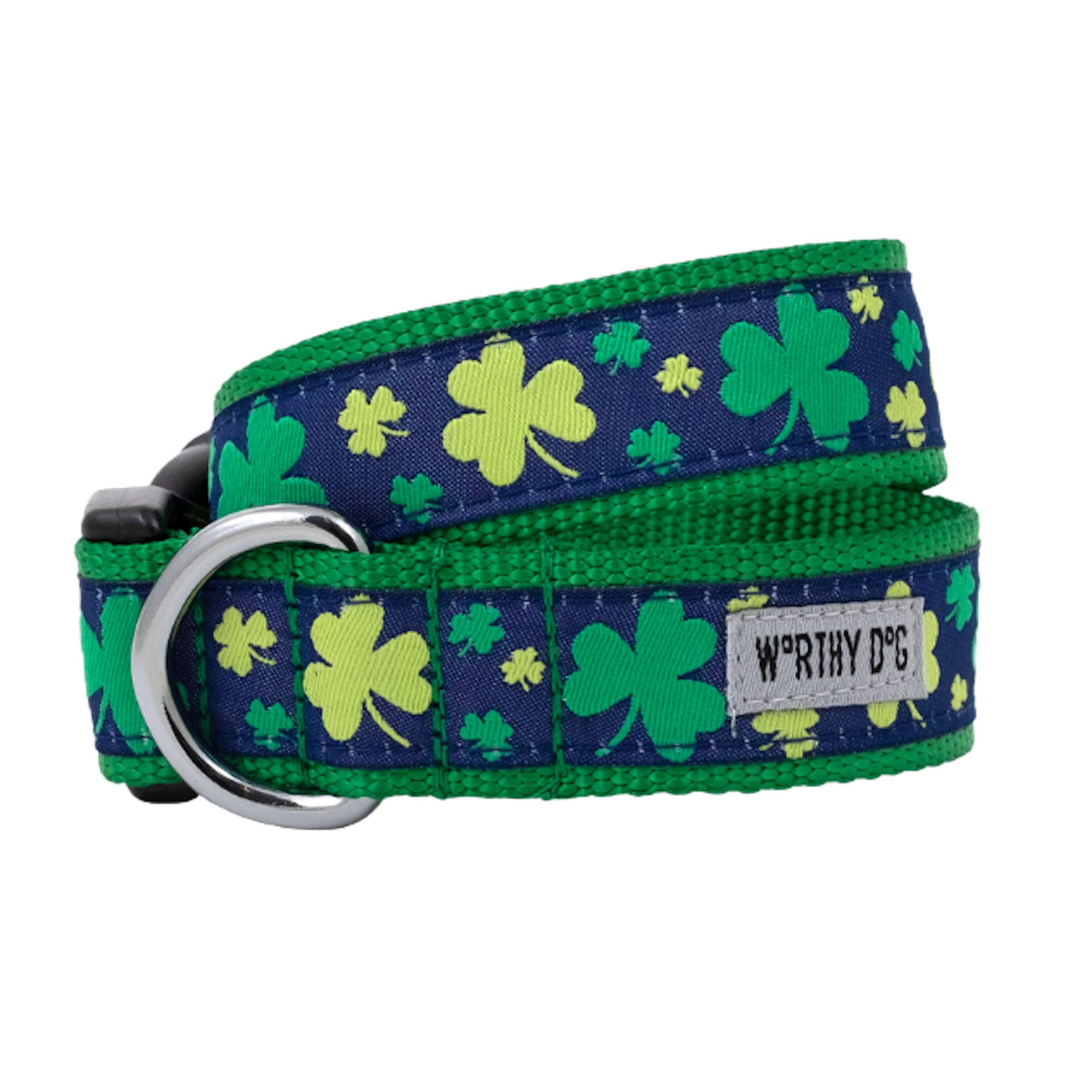
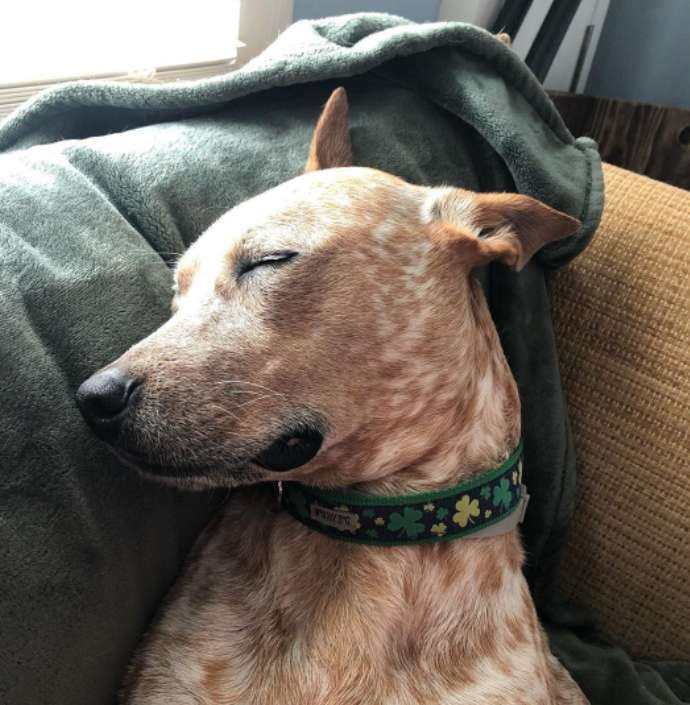
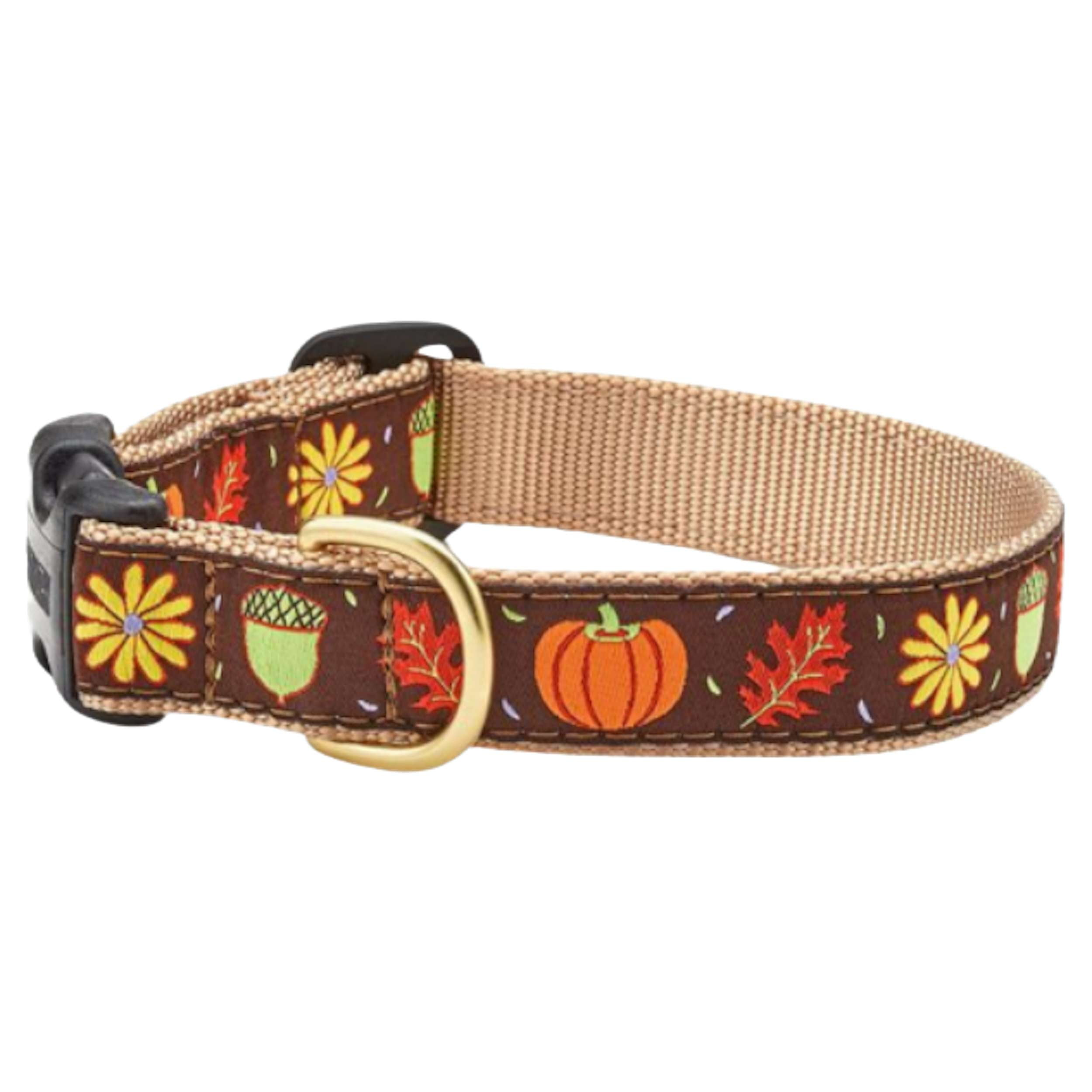
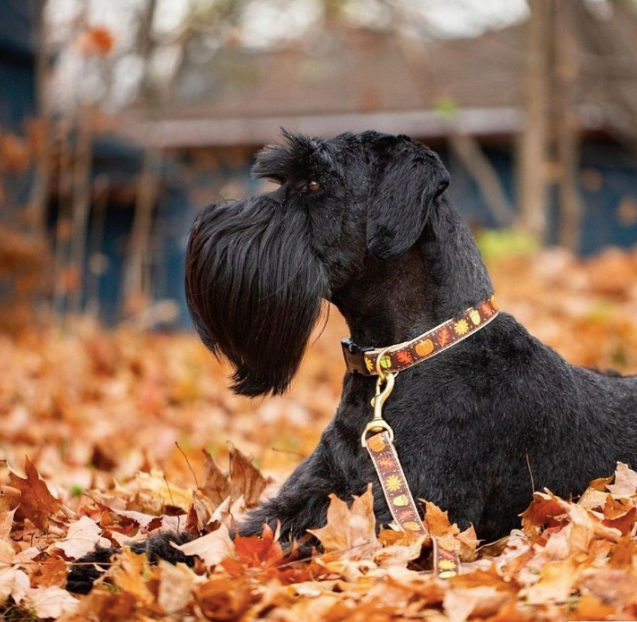
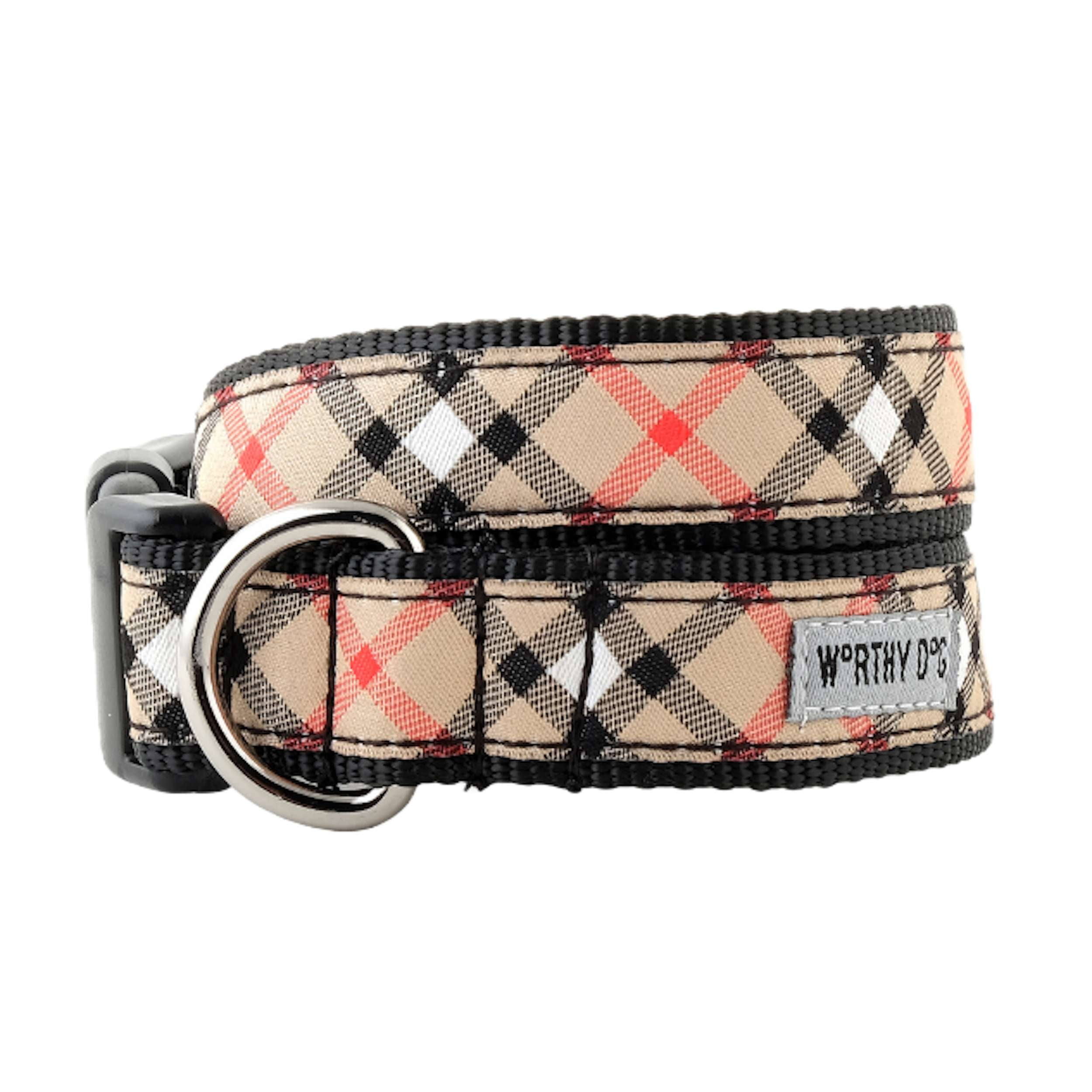
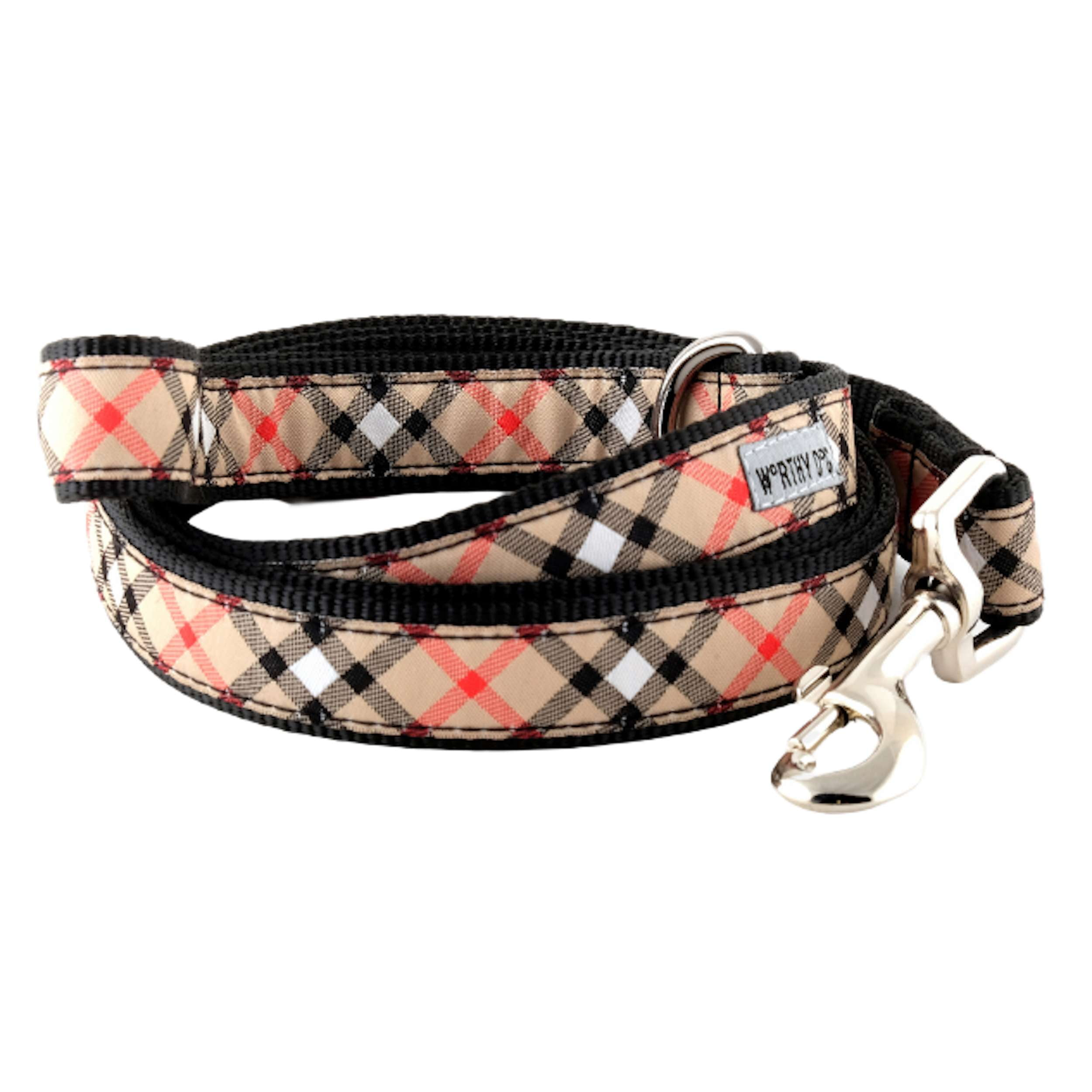
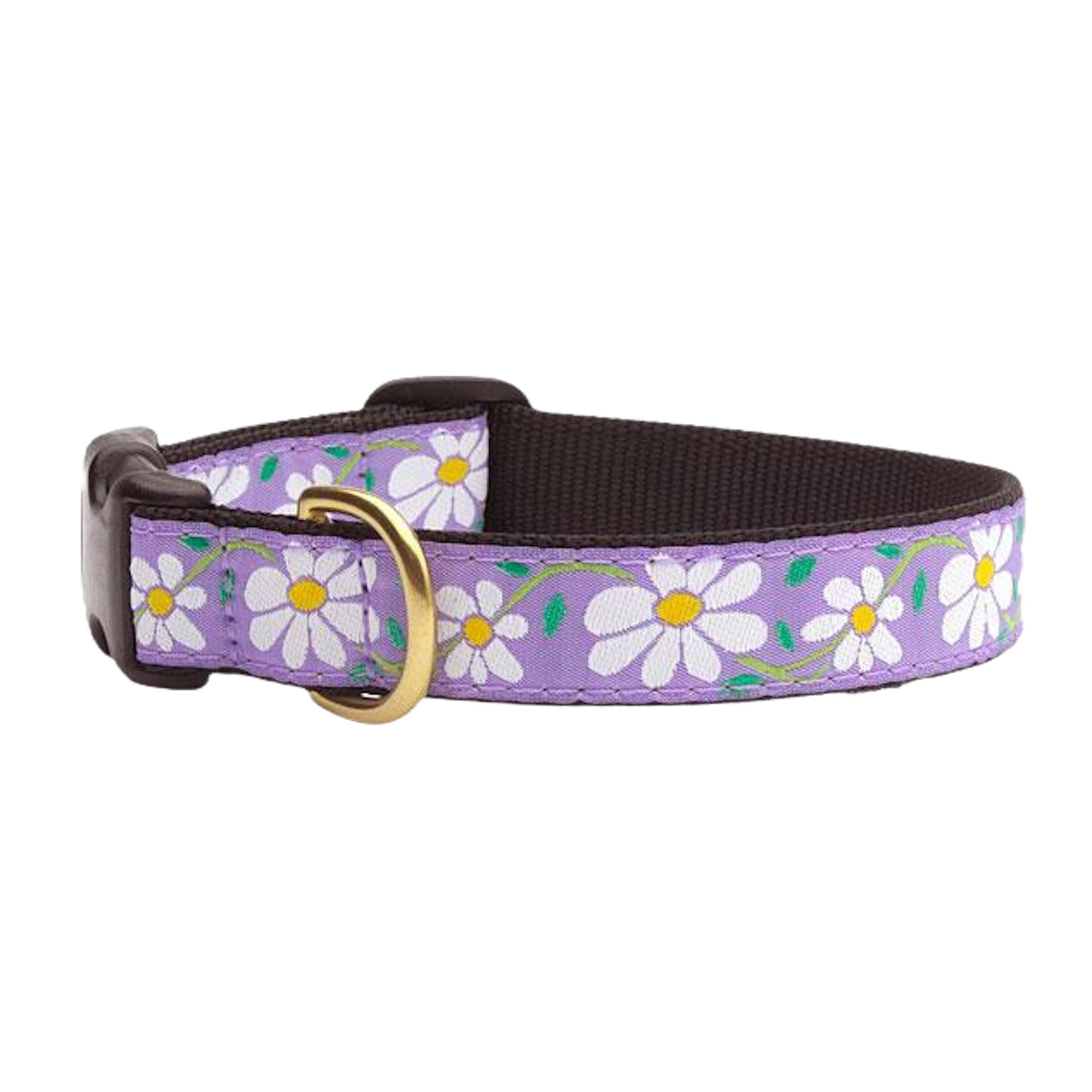
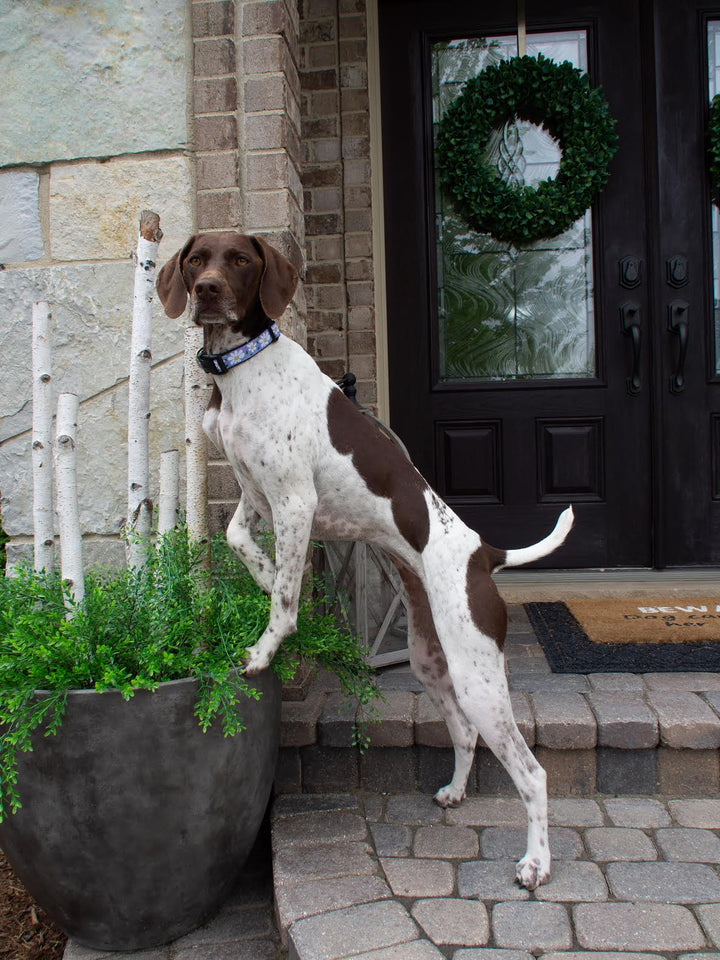
Leave a comment